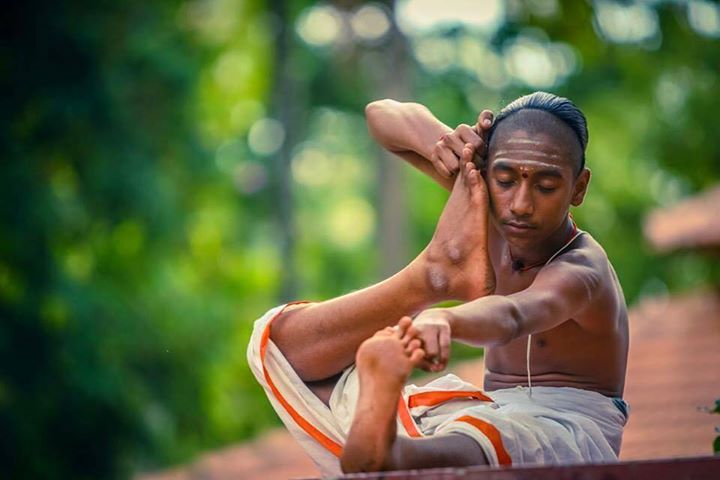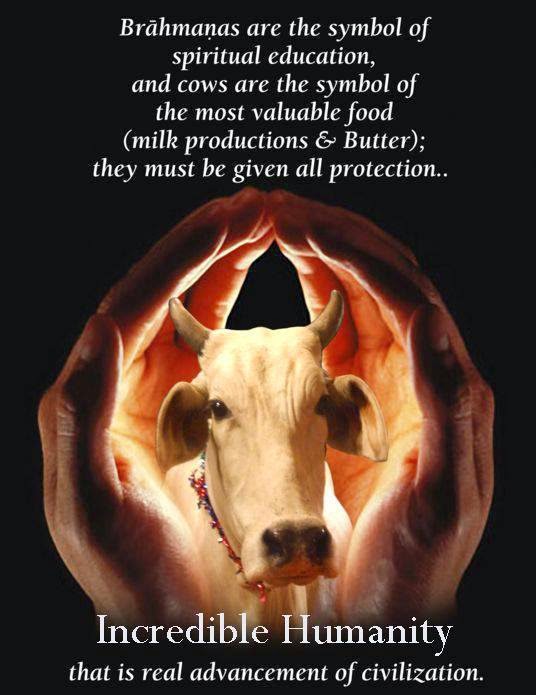https://en.wikipedia.org/wiki/Shukla
The thirteenth chapter of Skanda Purana describes the place of Shukla Tirtha to be the place where the great sage Bhrigu muni together with other bramanas and sages were chanting the four Vedas. Close by is the river Reva which is established through the middle of the entire universe. By remembering it once, one can obtain happiness lasting for seven kalpas or 7x 4.300.000 years; and one who glorifies this river becomes sanctified by it.
Shukla tirtha destroys all the sins
There is one interesting story related to this place that is given in the Skande Purana. Once a washerman who was responsible to wash the cloths of important brahmanas, mistakenly put their cloths in the indigo after which the cloths became unwashable. Being very much afraid from the curse of the brahmanas he decided to leave with his whole family to some other place. When her daughter visited her girlfriend to tell about the reason of leaving and to say the last good-bye, she was told about one pond in the nearby forest. By the touch of the water from that pond everything immediately becomes white. Moreover, even the grass growing around that pond grows white or shukla. Giving to her father the proposal to try to wash the clothes in that pond, although doubtful about the outcome the washerman decided to go there since there was nothing to lose anyway. Without using here too many words, the whole story turned out to be true and the news about the miraculous water of that pond quickly spread far and wide. The benefits of taking bath with faith in the water of this Sukla Tirtha are many. One can attain purity; get the benefit of bathing in all holy places; deliver his forefathers from hellish condition. The benefit of performing a horse sacrifice or Shraddha ceremony at Gaya is also easily attained at Shukla Tirhta and ultimately one can attain liberation. How it came that the Shukla Tirtha is so powerful place for purification? The Skanda Purane says that Shvetadvipa was brought here by the powerful Lord Vishnu because He was concerned that this holy place doesn't lose its whiteness due to the influence of Kali. The color of Shvetadvipa doesn't become dark although in contact with Kali Kala. So, at this amazing holy place Shukla Tirtha one can have a darshan of Lord Vishnu's footprints, praying to which one can attain the His spiritual abode.
http://wikimapia.org/7331921/sri-siddeshwara-temple-shukla-teertha
Tube
https://www.youtube.com/results?search_query=Shukla+brahmin
The thirteenth chapter of Skanda Purana describes the place of Shukla Tirtha to be the place where the great sage Bhrigu muni together with other bramanas and sages were chanting the four Vedas. Close by is the river Reva which is established through the middle of the entire universe. By remembering it once, one can obtain happiness lasting for seven kalpas or 7x 4.300.000 years; and one who glorifies this river becomes sanctified by it.
Shukla tirtha destroys all the sins
There is one interesting story related to this place that is given in the Skande Purana. Once a washerman who was responsible to wash the cloths of important brahmanas, mistakenly put their cloths in the indigo after which the cloths became unwashable. Being very much afraid from the curse of the brahmanas he decided to leave with his whole family to some other place. When her daughter visited her girlfriend to tell about the reason of leaving and to say the last good-bye, she was told about one pond in the nearby forest. By the touch of the water from that pond everything immediately becomes white. Moreover, even the grass growing around that pond grows white or shukla. Giving to her father the proposal to try to wash the clothes in that pond, although doubtful about the outcome the washerman decided to go there since there was nothing to lose anyway. Without using here too many words, the whole story turned out to be true and the news about the miraculous water of that pond quickly spread far and wide. The benefits of taking bath with faith in the water of this Sukla Tirtha are many. One can attain purity; get the benefit of bathing in all holy places; deliver his forefathers from hellish condition. The benefit of performing a horse sacrifice or Shraddha ceremony at Gaya is also easily attained at Shukla Tirhta and ultimately one can attain liberation. How it came that the Shukla Tirtha is so powerful place for purification? The Skanda Purane says that Shvetadvipa was brought here by the powerful Lord Vishnu because He was concerned that this holy place doesn't lose its whiteness due to the influence of Kali. The color of Shvetadvipa doesn't become dark although in contact with Kali Kala. So, at this amazing holy place Shukla Tirtha one can have a darshan of Lord Vishnu's footprints, praying to which one can attain the His spiritual abode.
Tube
https://www.youtube.com/results?search_query=Shukla+brahmin
































